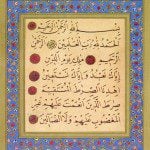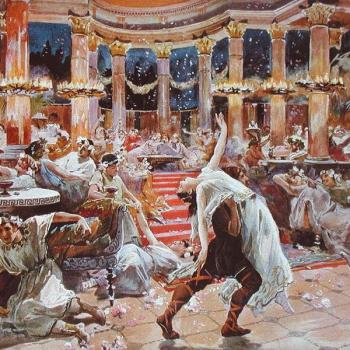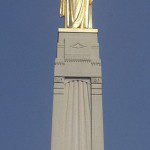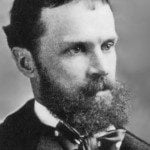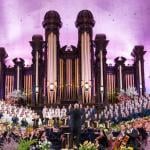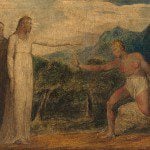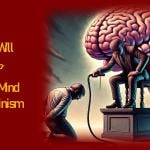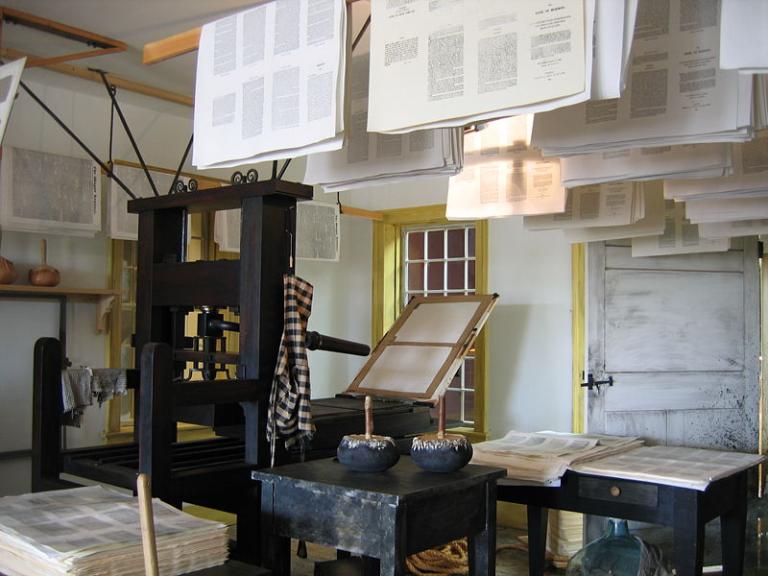
***
I suspect, given the many years and the considerable inflation intervening since the late 1820s, that we modern Latter-day Saints typically fail to grasp the magnitude of the sacrifice made by Martin Harris in order to publish the Book of Mormon.
Printer E. B. Grandin’s price was $3000 to produce 5000 high quality books.
Martin Harris was a locally prosperous small town farmer, but $3000 was nearly the value of his entire farm. To put this into perspective, Joseph Smith had bought his own fourteen-acre farm in Harmony, Pennsylvania — already cultivated and including a house — for the sum total of $200.
In other words, Grandin’s price was fifteen times the cost of Joseph’s Pennsylvania home and farm.
Day-laborers in New York often worked for a dollar per day, which means that printing the Book of Mormon cost at least ten times as much as Joseph could have made by digging wells for an entire year.
(I’ve based the comments above on page 165 of an excellent book by Michael Hubbard MacKay and Gerrit J. Dirkmaat titled From Darkness unto Light: Joseph Smith’s Translation and Publication of the Book of Mormon.)
To put it another way: Printing and binding the Book of Mormon cost at least the amount that three thousand days of day-labor would have earned. Plugging in the 2021 federal minimum wage of $7.25 per hour (which is substantially lower than that of many local jurisdictions), and multiplying that by 8 hours, and then by 3000, we come up with a minimum modern equivalent figure of $174,000.
(Back to the Mackay and Dirkmaat book, this time to page 175.)
Martin Harris was obliged to mortgage all of the property that he owned. And he did so in the face of incessant predictions that he was throwing his money away, and against the protests and machinations of his wife Lucy, who had once believed in the forthcoming book but now was bitterly hostile. (My addition: And, as it happened, there was a boycott of the Book of Mormon that pretty well guaranteed that the predictions would come true.)
Why was Martin Harris so committed?
The precise date of the agreement with Grandin is unknown, but we do know that it had been concluded by sometime before 11 August 1829.
On 28 June 1829, though — precisely 192 years ago, this coming Monday — Martin Harris (as one of the Three Witnesses) had seen the plates of the Book of Mormon and the angel Moroni, along with other related artifacts, and had heard the voice of God declaring the translation true. It’s not difficult to imagine that so powerful and persuasive an experience might have convinced him to enter in that expensive contract with E. B. Grandin.
I published this (relevant) column in the Deseret News back on 23 May 2015:
I continually encounter the confident declaration that the witnesses to the Book of Mormon didn’t really see or touch anything at all and didn’t actually claim to have seen or touched anything. They only “saw” the plates with their “spiritual eyes,” I’m assured, and “spiritual eyes,” to them, meant “in their imaginations.”
I responded to this assertion in a column published five years ago (see “Book of Mormon witness testimonies” published May 25, 2010). However, since the claim continues to be made, and given the fundamental importance of this issue, I address it yet again, in somewhat different fashion.
I’ll leave aside the question of whether it’s even remotely plausible that the witnesses sacrificed so very much for something they recognized as merely imaginary. Let’s look at their explicit verbal testimonies. Several of the 11 official witnesses were obviously confronted during their lifetimes with accusations that they had merely hallucinated, and they repeatedly rejected such proposed explanations.
In fact, David Whitmer, one of the initial Three Witnesses, could easily have been addressing today’s skeptics when he declared “I was not under any hallucination, nor was I deceived! I saw with these eyes and I heard with these ears! I know whereof I speak!”
It’s difficult to imagine how he could have been any clearer.
In this column, though, I’ll focus on the experience of the Eight Witnesses, which seems to have included no explicitly supernatural elements but, rather, to have been a wholly matter-of-fact event.
In late 1839, Hyrum Smith wrote an account for the Times and Seasons newspaper covering, among other things, his four months of hungry and cold imprisonment in Missouri’s Liberty Jail, under recurring threats of execution, while his family and fellow members of The Church of Jesus Christ of Latter-day Saints were being driven from their homes during the wintertime:
“I thank God,” he told the Saints, “that I felt a determination to die, rather than deny the things which my eyes had seen, which my hands had handled, and which I had borne testimony to. … I can assure my beloved brethren that I was enabled to bear as strong a testimony, when nothing but death presented itself, as ever I did in my life.”
One might dismiss this declaration of willingness to die for his testimony as an empty boast, mere retrospective bravado, were it not for the fact that, less than five years later in Illinois, fully understanding the risk, he did in fact go voluntarily to Carthage Jail. There, with his prophet-brother, he died as a martyr — which, in ancient Greek, means “witness” — in a hail of bullets.
The accounts left behind by the Eight Witnesses are replete not only with claims to have “seen and hefted” the plates, to have turned their individual leaves and examined their engravings, but also with estimates of their weight, descriptions of their physical form and the rings that bound them, and reports of their approximate dimensions as well.
Wilhelm Poulson’s 1878 interview with John Whitmer provides an excellent summary:
“I — Did you handle the plates with your hands? He — I did so!
“I — Then they were a material substance? He — Yes, as material as anything can be.
“I — They were heavy to lift? He — Yes, and you know gold is a heavy metal, they were very heavy.
“I — How big were the leaves? He — So far as I can recollect, 8 by 6 or 7 inches.
“I — Were the leaves thick? He — Yes, just so thick, that characters could be engraven on both sides.
“I — How were the leaves joined together? He — In three rings, each one in the shape of a D with the straight line towards the centre. …
“I — Did you see them covered with a cloth? He — No. He handed them uncovered into our hands, and we turned the leaves sufficient to satisfy us.”
William Smith, who knew the Eight Witnesses well — his father and two of his brothers were among them — explained “they not only saw with their eyes but handled with their hands the said record.” Daniel Tyler heard Samuel Smith testify that “He knew his brother Joseph had the plates, for the prophet had shown them to him, and he had handled them and seen the engravings thereon.”
Those who seek to dismiss the testimony of the Eight Witnesses must, on the whole, flatly brush aside what they actually, and very forcefully, said.
For further evidence and analysis on this topic, see Richard Lloyd Anderson’s 2005 article “Attempts to Redefine the Experience of the Eight Witnesses” online.



